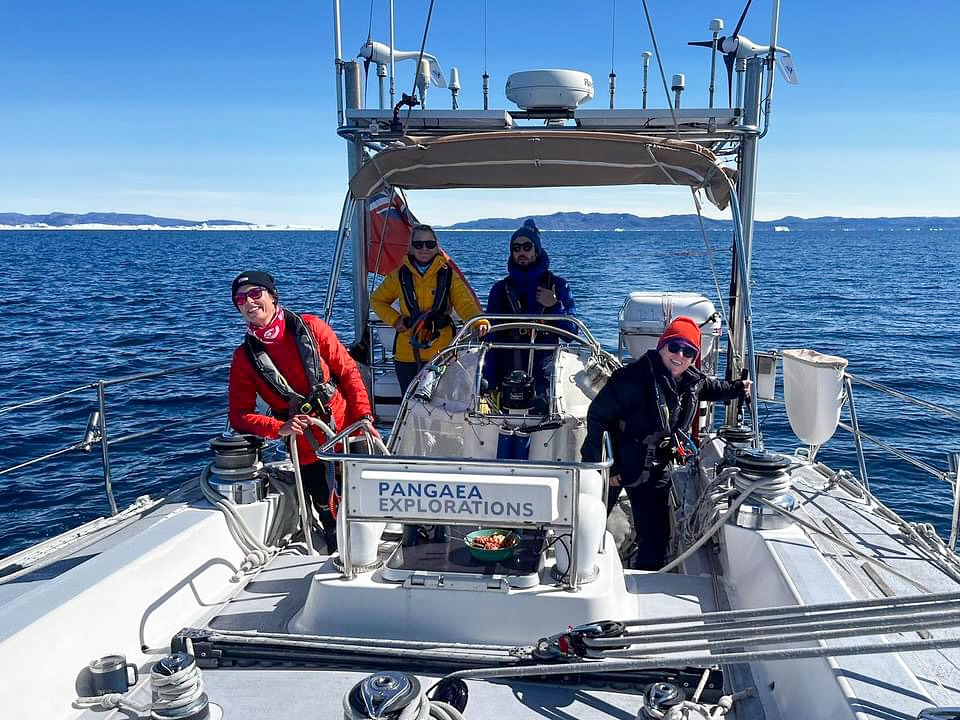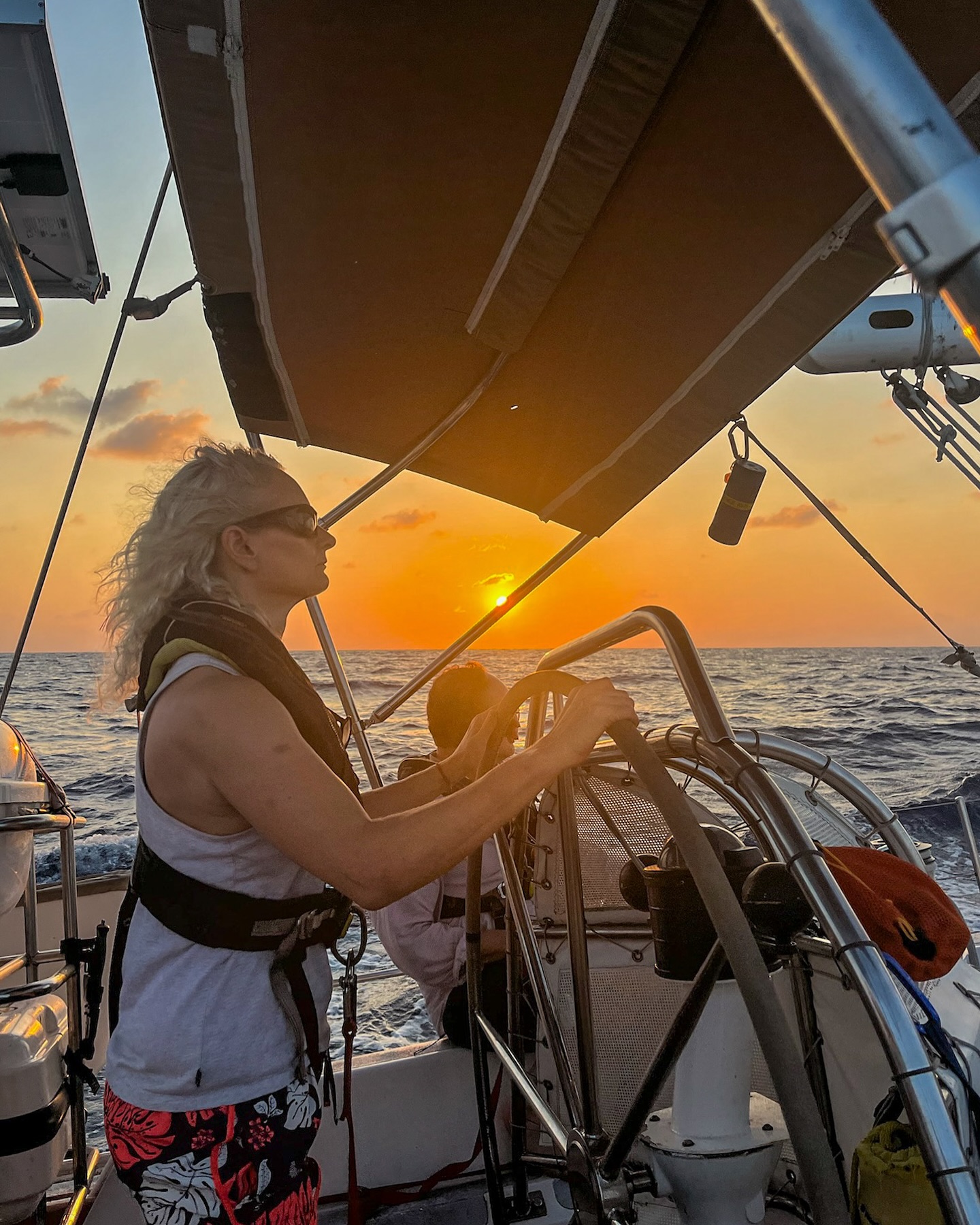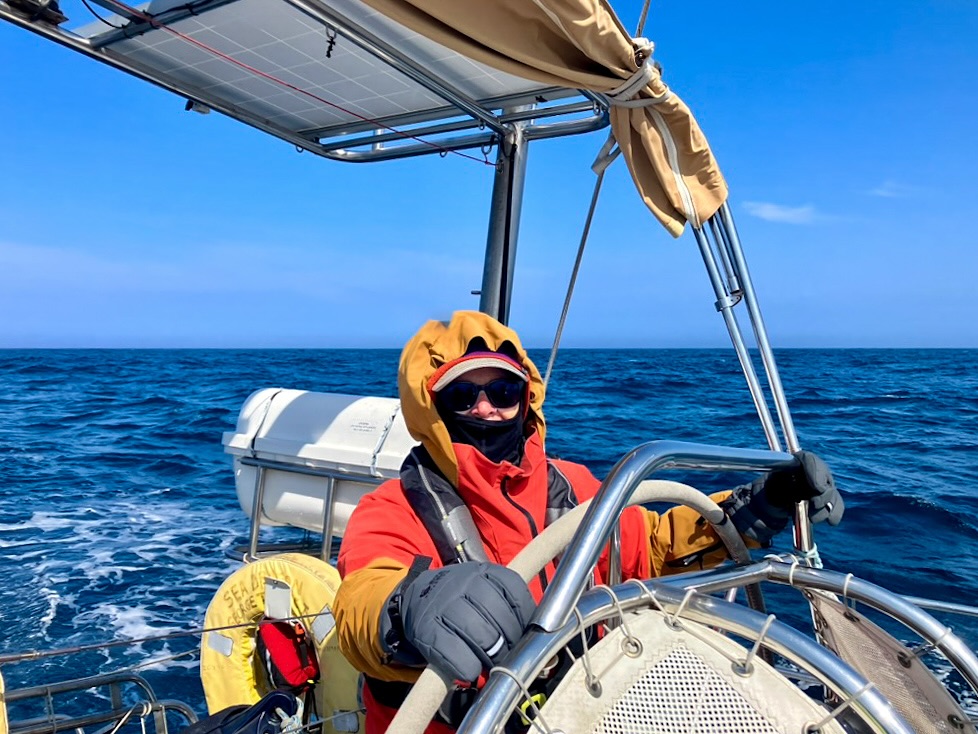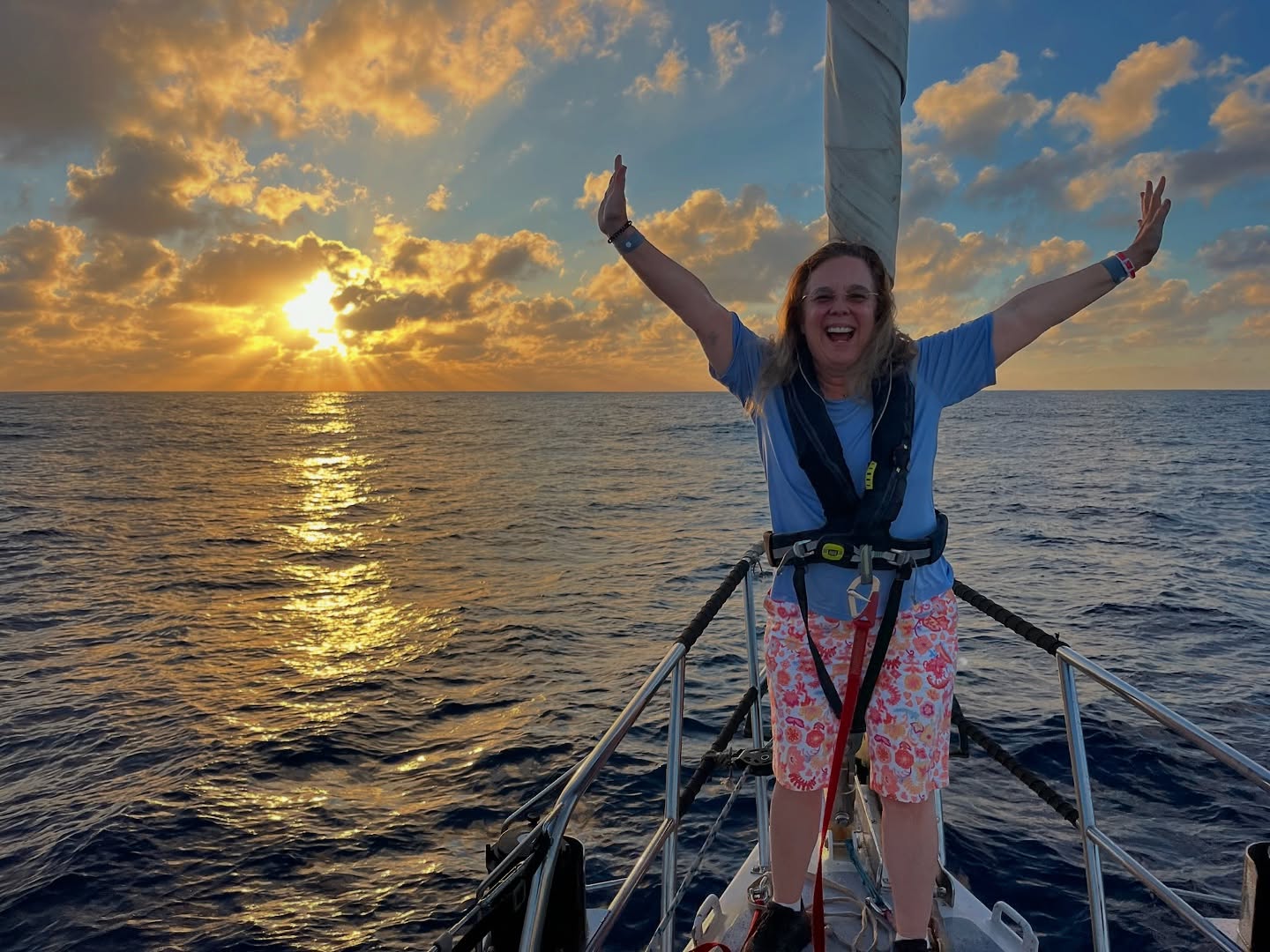Three islands down, one to go, and Sea Dragon is well stocked with coral samples. All signs are pointing to a successful expedition. But most of the success should be attributed to the friends who helped us along the way.

Each time we arrive at an island to sample corals, there are two main tasks: locate large coral colonies, and then drill skeleton cores. After three islands, our system of drilling corals is well polished and maximized for efficiency. Two, 2-diver drill teams keep both drills spinning at all times while we are underwater. Each team consists of a driller and an assistant, who labels the core as it comes out, plugs the hole once the core is finished, and scouts the next colony to drill.
The tricky part of our drilling system is to keep up a steady supply of compressed air to power our drills. This is where the crew of Sea Dragon shines. One dinghy (a small inflatable boat) anchors above the divers of the drilling teams, while a second dinghy shuttles air tanks back and forth between the first dinghy and Sea Dragon, which is anchored nearby and has a compressor to fill tanks.
When a tank runs out of air underwater it becomes buoyant enough to float. The drilling teams let go of the tank and it floats to the surface. The whole operation relies on the crew at the surface having a full air tank ready to go. When an empty tank surfaces, the dinghy crew drops a full tank down to the bottom (all the compressed air in the tank makes it heavy enough to sink).
For our drilling system to be useful, however, we need to know where to find large coral colonies. Islands in the Caribbean may be small, but fully exploring even a modest island 15 to 45 miles long to find the largest corals could take months or years. That’s where local knowledge saves the day for us. Luckily for us, we have collaborators everywhere along our route who point us in the right direction, telling us exactly where to go to find the largest corals. On our own, we be completely lost.
Three islands into the expedition, it is obvious that we are only a fraction of the whole operation. We owe huge thanks to Dr. Tyler Smith of the University of the Virgin Islands; Ewan Tregarot and Jean-Phillippe Marechal of the Marine Observatory of Martinique; Angelique Brathwaite, Richard Suckoo, and Caroline Bissada-Gooding of the Coastal Unit of the government of Barbados; Dr. Mark Vermeij of Research Station Carmabi in Curacao; and of course the awesome crew of Sea Dragon.

The importance of our collaborators really hit home during our first day in Martinique. Just arrived to a totally new place where none of our team has ever been and no idea where to find the largest corals, and the belt of the compressor on Sea Dragon broke. No compressor means we can’t fill our air tanks, which means no SCUBA diving and no coral sampling. Things were not looking good. In a matter of a couple hours, though, Ewan and Jean-Phillippe went ashore and found a replacement belt to fix the compressor and showed us to a beautiful reef full of huge coral colonies. From a morning that seemed to be a disaster, we were right back in full swing by the afternoon doing what we came here to do: drill corals.


























